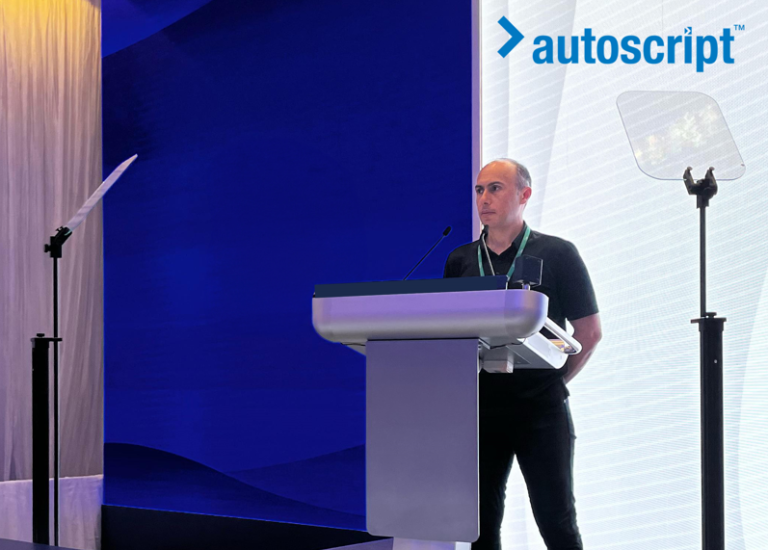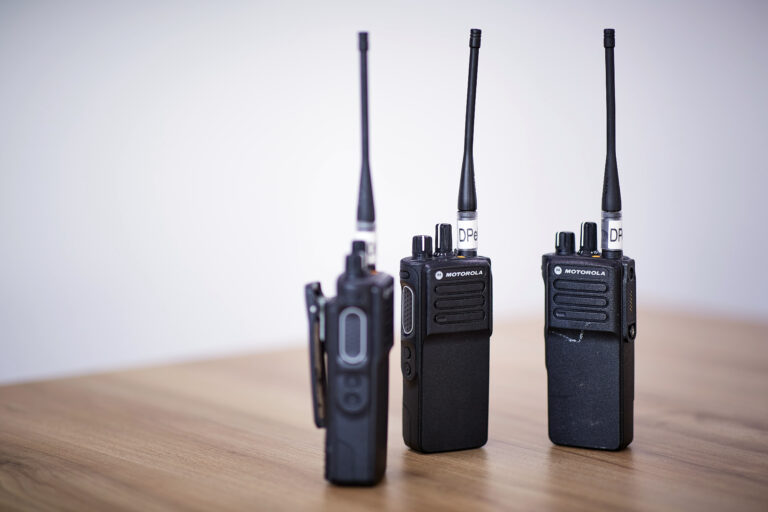In today’s globalized world, international events such as conferences, summits, and trade shows have become commonplace. With participants from various countries and cultures, effective communication is essential for ensuring that the objectives of these events are met. One of the most effective solutions for facilitating communication in multilingual settings is simultaneous interpretation. This article delves into the importance of using simultaneous interpretation for international events, exploring its benefits, challenges, and best practices.
Understanding Simultaneous Interpretation
Simultaneous interpretation is a mode of interpretation where the interpreter conveys a speaker’s message in real-time, allowing the audience to receive information without delays. This method is typically employed in large conferences, international meetings, and events where attendees speak different languages. Interpreters work from a soundproof booth or use portable equipment to ensure their translations are clear and immediate.
Why Simultaneous Interpretation is Essential
1. Promotes Inclusivity
International events often bring together people from diverse linguistic backgrounds. By using simultaneous interpretation, organizers ensure that all attendees can participate fully, regardless of their language proficiency. This inclusivity fosters a sense of belonging and encourages diverse perspectives, enhancing the overall quality of discussions and exchanges.
2. Facilitates Real-Time Communication
In fast-paced environments, such as conferences, where discussions can change rapidly, simultaneous interpretation provides real-time translation. Attendees do not have to wait for an interpreter to finish a speech or presentation before understanding the content. This immediacy keeps the audience engaged and allows for more dynamic interactions, such as Q&A sessions and panel discussions.
3. Enhances Professionalism
Using professional interpreters for simultaneous interpretation demonstrates a commitment to high standards and professionalism. It reflects positively on the event organizers and enhances the reputation of the event itself. Participants are more likely to feel valued when their language needs are prioritized, leading to a more successful event overall.
4. Supports Effective Networking
Networking is a crucial aspect of international events. Participants often seek to connect with others for potential collaborations or business opportunities. Simultaneous interpretation removes language barriers, allowing attendees to engage in conversations without hesitation. This open communication fosters stronger connections and expands professional networks.
5. Improves Learning and Retention
When participants can understand the content in real-time, they are more likely to absorb and retain information. This is particularly important for educational or training events where knowledge transfer is key. Simultaneous interpretation ensures that all participants can follow along with presentations, discussions, and workshops, leading to a more impactful learning experience.
6. Adapts to Different Formats
Simultaneous interpretation can be adapted to various event formats, including in-person, hybrid, and virtual events. As the world moves toward more flexible event formats, the ability to provide seamless interpretation across different platforms is crucial. Whether an event is held in a large convention center or streamed online, simultaneous interpretation ensures that language differences do not hinder communication.
Challenges of Simultaneous Interpretation
While simultaneous interpretation offers numerous benefits, it also comes with challenges that must be addressed to ensure success:
1. High Demand for Skilled Interpreters
Simultaneous interpretation requires highly skilled interpreters with specialized training and experience. Finding qualified professionals who can handle specific subject matter can be a challenge, particularly for niche industries or technical topics. Organizers must invest time in researching and selecting the right interpreters for their event.
2. Technical Requirements
Successful simultaneous interpretation relies on the use of specialized equipment, including interpretation booths, microphones, and headsets. Ensuring that this technology is set up correctly and functioning properly is essential for delivering clear and accurate interpretations. Event organizers must work closely with technical teams to ensure that all equipment is tested and operational before the event begins.
3. The Need for Effective Coordination
For simultaneous interpretation to be effective, careful coordination is required among speakers, interpreters, and event organizers. Speakers should provide materials in advance, allowing interpreters to prepare and familiarize themselves with the content. Clear communication between all parties is essential to ensure that the interpretation runs smoothly throughout the event.
4. Stress on Interpreters
Simultaneous interpretation can be mentally and physically demanding for interpreters. They must listen, process, and speak simultaneously, which requires intense concentration and quick thinking. Organizers should consider scheduling breaks for interpreters and providing a comfortable working environment to ensure their well-being.
Best Practices for Implementing Simultaneous Interpretation
To maximize the effectiveness of simultaneous interpretation at international events, consider the following best practices:
1. Start Planning Early
Begin the planning process as early as possible to allow ample time for selecting interpreters, arranging equipment, and coordinating schedules. Early planning helps identify potential challenges and provides the opportunity to address them proactively.
2. Choose Experienced Interpreters
Select interpreters with experience in your industry and expertise in the subject matter of your event. Research potential candidates and check references to ensure they have the skills needed to deliver accurate interpretations.
3. Provide Background Information
Give interpreters access to event materials, such as agendas, presentations, and background information, ahead of time. This preparation allows them to familiarize themselves with the content and terminology, improving the quality of interpretation.
4. Test Equipment
Conduct a thorough check of all technical equipment before the event. Test microphones, headsets, and other interpretation tools to ensure they are functioning correctly. Have backup equipment on hand to address any unexpected issues.
5. Communicate Clearly
Maintain open lines of communication among speakers, interpreters, and organizers throughout the event. Provide interpreters with information about changes to the schedule, speaker introductions, and other relevant details.
6. Schedule Breaks
Recognize the mental strain that simultaneous interpretation can impose on interpreters. Schedule regular breaks to allow them to recharge and maintain their performance throughout the event.
7. Gather Feedback
After the event, solicit feedback from participants and interpreters about their experiences with simultaneous interpretation. Use this feedback to identify areas for improvement and enhance future events.
Conclusion
Simultaneous interpretation plays a crucial role in the success of international events. By promoting inclusivity, facilitating real-time communication, enhancing professionalism, supporting networking, and improving learning and retention, it ensures that all participants can engage fully. While challenges exist, careful planning, coordination, and best practices can help organizers effectively implement simultaneous interpretation, making their events more impactful and successful.
As the world continues to connect across borders, the importance of seamless communication through simultaneous interpretation will only grow. Investing in this service is an investment in the success of your international event, fostering collaboration, understanding, and shared goals among participants from diverse backgrounds.




